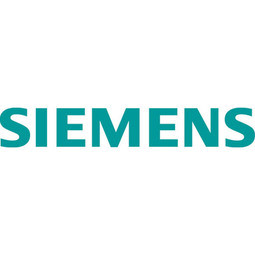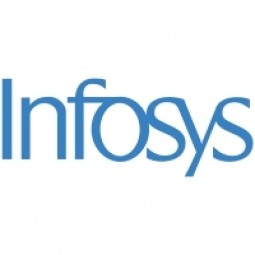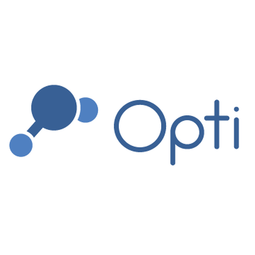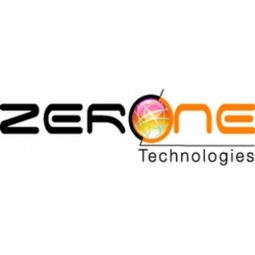Case Studies
-
(7)
- (5)
- (5)
- (2)
- View all
-
(6)
- (6)
-
(3)
- (1)
- (1)
- (1)
-
(2)
- (2)
- (1)
-
(1)
- (1)
- View all 6 Technologies
ANDOR
- (4)
- (2)
- (1)
ANDOR
- (6)
- (1)
ANDOR
- (5)
- (1)
- (1)
- (1)
- (1)
- View all 5 Use Cases
ANDOR
- (1)
- (1)
- (1)
- (1)
- (1)
- View all 8 Suppliers
ANDOR
Please feel encouraged to schedule a call with us:
Schedule a Call
Or directly send us an email:
Compare
|
|

|
The Oguz-Gabala-Baku water pipeline project dates back to plans from the 1970’s. Baku’s growth was historically driven by the booming oil industry and required the import of drinking water from outside of the city. Before the construction of the pipeline, some 60 percent of the city’s households received water for only a few hours daily. After completion of the project, 75 percent of the two million Baku residents are now served around the clock with potable water, based on World Health Organization (WHO) standards. The 262-kilometer pipeline requires no pumping station, but uses the altitude differences between the Caucasian mountains and the capital to supply 432,000 m³/d to the Ceyranbatan water reservoir. To the people of Baku, the pipeline is “the most important project not only in 2010, but of the last 20 years.”
|
Download PDF
|
|
|

|
Water pipeline pressure needs to be kept at 0.3 Mpa in order to deliver a reliable stream of tap water to homes, businesses, and factories. Water companies use real-time monitoring systems in order to achieve consistent water pressure management that can quickly respond to any sudden drops of water pressure. System Requirements - Monitor all the distributed pressure points of a widely distributed water pipeline network - Monitor and display in real-time data from every pressure value on the central SCADA system HMI - Stable cellular communications network - High expandability
|
Download PDF
|
|
|

|
IIC - Water Management Testbed
The growing water shortage is regarded as the most crucial global challenge, affecting both developing and developed nations at present. Large amount of water is lost in between the point of production and receipt by end users due to leaky pipes and outdated infrastructure. This results in the loss of millions of dollars and huge wastage of such a key resource. GOAL A substantial opportunity exists to reduce the amount of water lost. As water can be lost at multiple points over a wide geographical area, Internet of Things (IoT) technology is particularly well suited to address this problem. The Smart Water Management Testbed will implement a network of real-time sensors (leakage, moisture, and water -flow detection). These will be deployed at high-risk locations across the testbed water infrastructure to reduce the amount of water being ‘lost’ by: • Rapid detection of leaks • Preemptive detection of potential leaks • Precision irrigation of watered areas
|
Download PDF
|
|
|

|
Water leak detection in Tarragona urbanization
A leak on your property can waste thousands of liters of water, at considerable cost to you. For this reason, Opiron has developed a system that sends instant messages to alert users in case of leaks.
|
Download PDF
|
|
|

|
Flood prevention and sewerage are highly mechanised and automated services that utilise the latest high-performance computerised controllers and IT networks. For a growing number of public water authorities, the versiondog data management system from AUVESY has significantly improved the process of keeping track of the associated data. Although the primary purpose of versiondog is usually to provide change and data management, it is also helping German water authorities fulfil the requirements of the country's IT Security Act 2015, especially with regard to ICS systems.
|
Download PDF
|
|
|

|
Monaco’s sanitation department uses alarm software to monitor its water treatment facilities. With connections to the waste water networks, the main lifting stations, three storm overflows, a storm tank, as well as waste water pre-treatment and final treatment operations, the department can rest assured that they know exactly what is – and what is not – being put back into the ocean on a regular basis.
|
Download PDF
|
|
|

|
Green Corporate HQ Roof
A Fortune 500 corporation wanted to reduce wet-weather discharge and enhance environmental benefits of their existing flood irrigated green roof while maintaining functionality.
|
Download PDF
|
|
|

|
The quality of water is assessed against several parameters (around16+) using numerous sensors placed at the respective locations. The information generated by the sensors is in a form incomprehensible to humans (in bits and bytes). The staff that monitor water quality had to visit the location physically to check the parameters. This consumed a lot of time. One person is responsible for monitoring water quality at multiple locations. Most of the times, all the parameters will be within their thresholds. Only when the parameters go out of thresholds, the responsible person need to act upon it. So, ideally, an application should monitor water parameters at fixed intervals and give appropriate alarms to the responsible person, only when some parameters need attention. There were multiple types of instruments and different versions of the same type of instrument placed at several locations to check the quality of water. All these devices generated a huge quantity of data. The customer required an application that integrated all their IoT devices and provided reports, analytics and insights from a central depository.
|
Download PDF
|
